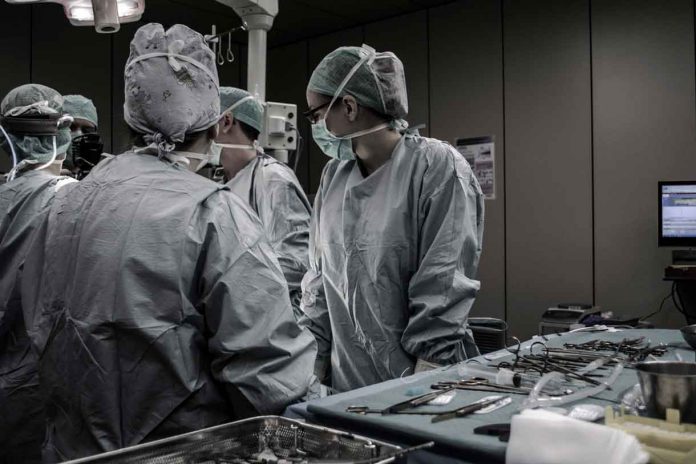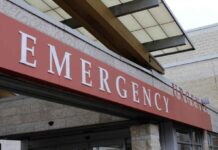Reconstructive surgery aims to restore function and normal appearance to parts of the body affected by birth defects, trauma/injuries or medical conditions. Reconstructive procedures may include repairs for cleft lips/palates; reconstructive breast surgery for cancer treatments like mastectomy/lumpectomy; as well as hand surgeries.
Reconstructive plastic surgery is often covered by health insurance plans, yet few know exactly what it entails and how it works.
Reconstructive surgery
Reconstructive plastic surgery seeks to correct abnormalities of facial and body structures caused by birth defects, injuries, disease or aging. This involves procedures like cleft lip and palate repair, skin cancer removal with minimal scarring, mastectomy recovery and burn injuries. Most reconstructive procedures are considered medically necessary and health insurance providers usually cover these expenses.
Plastic surgeons stand out from other forms of doctors performing cosmetic surgeries by their comprehensive understanding of both form and function. While general surgeons, dermatologists, or ear, nose, and throat specialists may offer cosmetic procedures, plastic surgeons have additional training in shaping human bodies sculpturally.
Plastic surgeons specialize in creating results that are both natural-looking and functional for patients, such as in the case of lymphedema (chronic swelling). Plastic surgeons can utilize advanced microsurgery techniques to redirect lymph fluid flow away from its current path thereby relieving discomfort while increasing mobility for the patient.
Cosmetic comes from the Greek word plastikos, meaning to shape or mold. While many cosmetic procedures don’t restore functionality directly, many can have both medical and aesthetic impacts; for instance, eyelid skin drooping can impair vision; surgery to remove excess tissue can restore normality while decreasing complications risk.
If you’re seeking a skilled plastic surgeon in Canada, Kristina Zakhary, Calgary Plastic & Reconstructive Surgeon offers expertise in reconstructive and cosmetic procedures.
Cosmetic surgery
Plastic surgery procedures can provide relief for individuals living with severe injuries, traumatic conditions and congenital abnormalities. Cosmetic surgery, an elective process used for aesthetic purposes such as removing extra facial skin or augmenting breasts or abdomen enhancement can bring increased self-esteem, pain relief and an overall sense of normalcy to many.
Reconstructive plastic surgery can restore normal movement and functioning after injury, disease or trauma. A surgeon may correct defects caused by cleft lips or palates to allow children to eat and speak normally; such surgeries may also be combined with speech therapy and oral surgery treatments for maximum effectiveness.
Reconstructive surgeries are performed by multidisciplinary teams of surgeons including Mohs (skin cancer) specialists, facial plastic surgeons and oculoplastic (eye structures) specialists. Reconstructive procedures have an almost 100% cure rate for basal and squamous cell carcinoma and melanoma cancers while simultaneously conserving as much healthy tissue as possible – this may even be covered by health insurance! Cosmetic procedures usually aren’t covered; therefore it’s important to carefully review any restrictions or exclusions within policies so you can make informed decisions regarding which elective procedures to have.
Breast surgery
Plastic surgery corrects body abnormalities that result from birth defects like cleft lips and palate, injury caused by accidents or disease, cancer treatments or removals as well as injuries from accidents or disease. Plastic surgery also repairs breasts that have been removed due to cancer treatments or diseases as well as reattach body parts severed during an accident and perform skin grafts for burn victims; and may reshape faces that have become paralyzed or deformed from illnesses like paralysis.
Many women suffer from breasts that are too large for their frame, leading to backache and other health complications. When this is the case for them, undergoing a breast reduction procedure may help.
As part of reconstructive surgery, an anesthesiologist (pronounced ann-ees-tee-zee-OH-jist) will administer medication to help you sleep during the procedure. Depending on your age and medical conditions, different kinds of analgesia might be administered based on how to best numb you during this stage.
Your plastic surgeon will determine the optimal treatment plan based on an assessment of your health, goals, and risks. Prior to surgery, they may provide instructions for homecare – this could include refraining from certain activities and following a diet tailored specifically for you – in order to avoid complications during and after the procedure. It’s important to remember that everyone heals at different rates so your results may not appear immediately post-procedure.
Body contouring
Reconstructive plastic surgery corrects facial and body abnormalities caused by birth defects, injury, disease, or aging. Restoring normal function and natural appearance to affected areas while relieving pain and increasing quality of life is what this form of procedure does best.
Cosmetic plastic surgery enhances features to boost self-image and confidence, such as nose surgery (rhinoplasty), eyelid surgery, facelifts and breast lifts. Cosmetic procedures may also reduce wrinkles or double chins.
Body contouring is often sought to refine their new figure after significant weight loss through diet, bariatric surgery or pregnancy. This procedure removes excess skin and tightens underlying tissue for an ideal figure. Liposuction is one of the more popular body-contouring procedures; it uses heat, lasers and ultrasound waves to remove localized fat deposits.
As with any surgical procedure, reconstructive and cosmetic surgeries come with risks that vary based on their nature, your health history and healing process. Therefore it is crucial that you discuss both benefits and risks with your surgeon before going under. In order to minimize complications following recovery instructions issued by your physician you should rest more than usual and refrain from engaging in activities which stress incision areas; smoking can slow healing further while increasing infection risks significantly.







